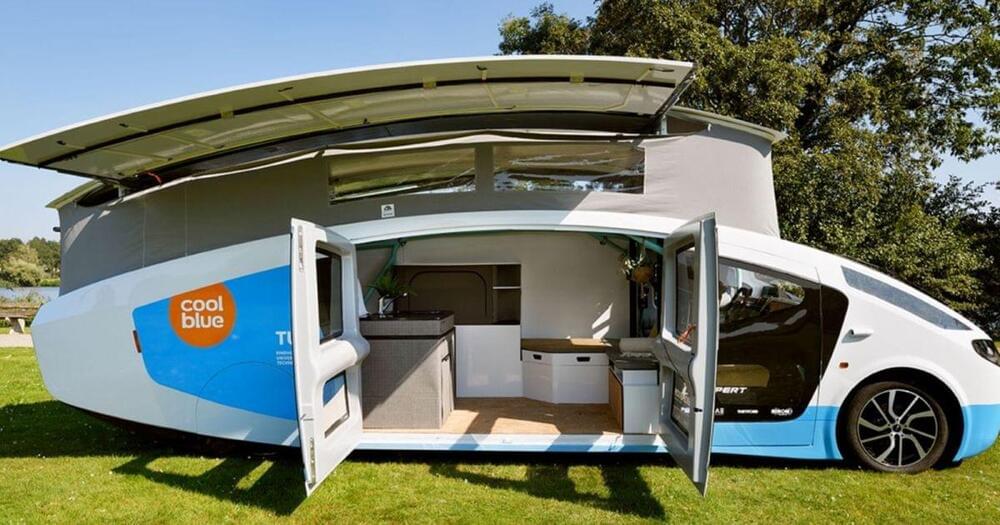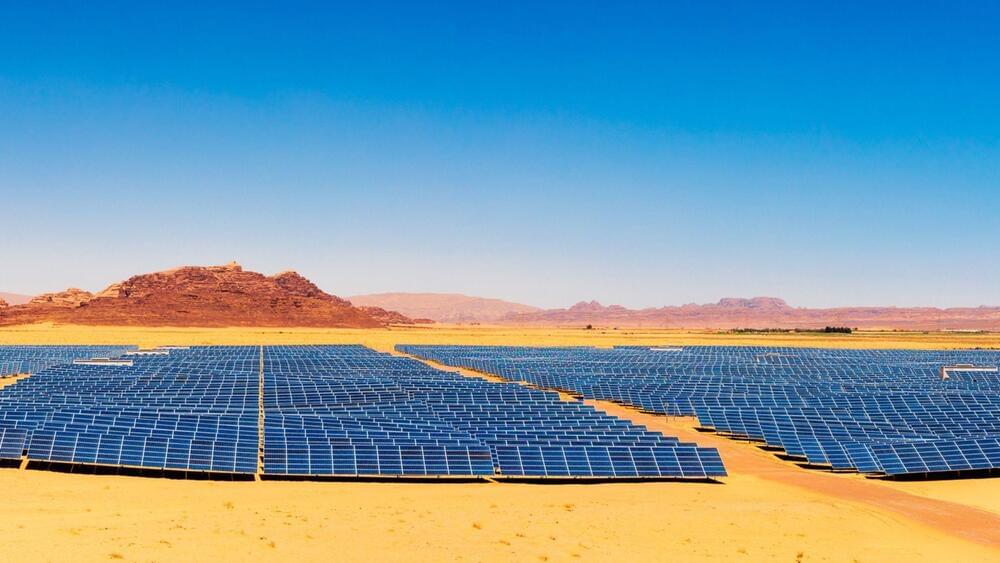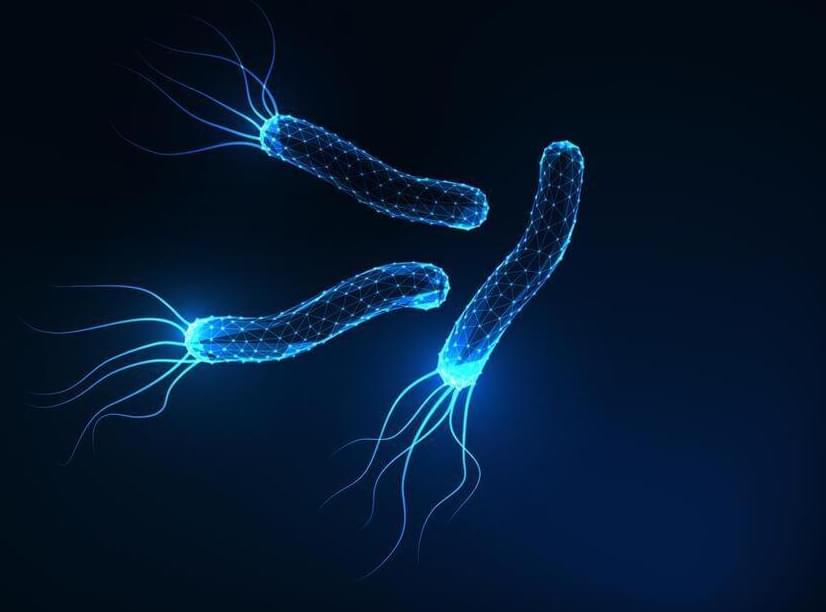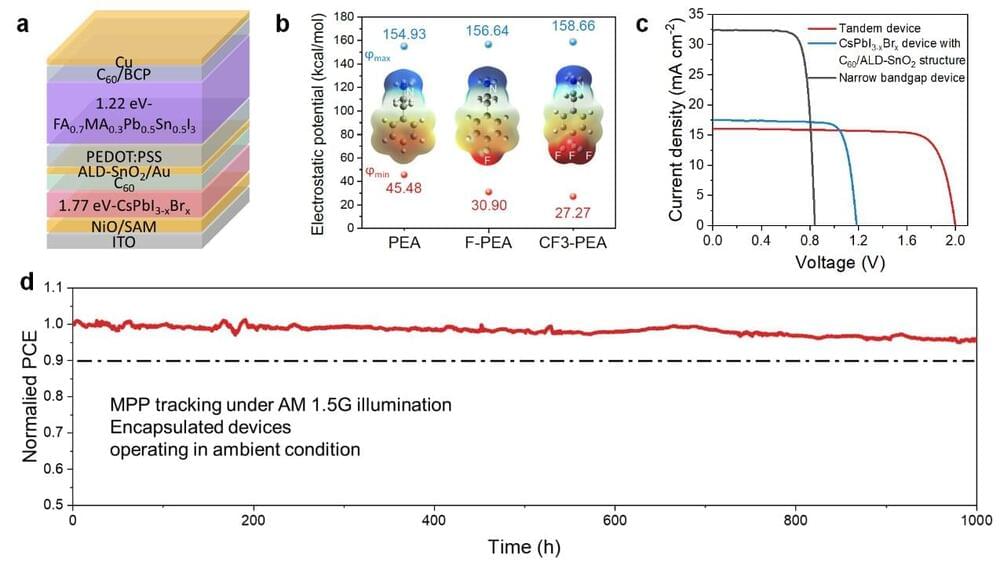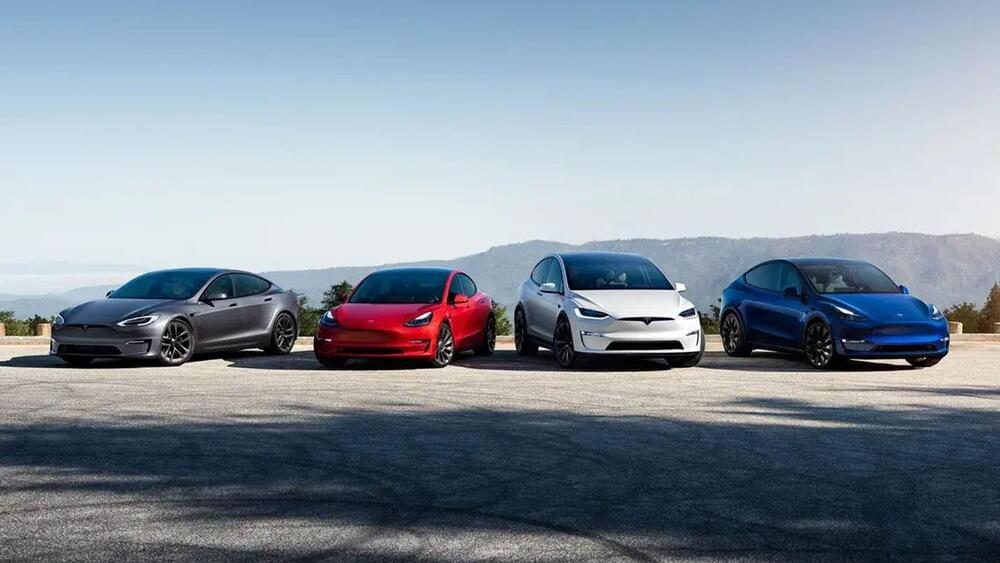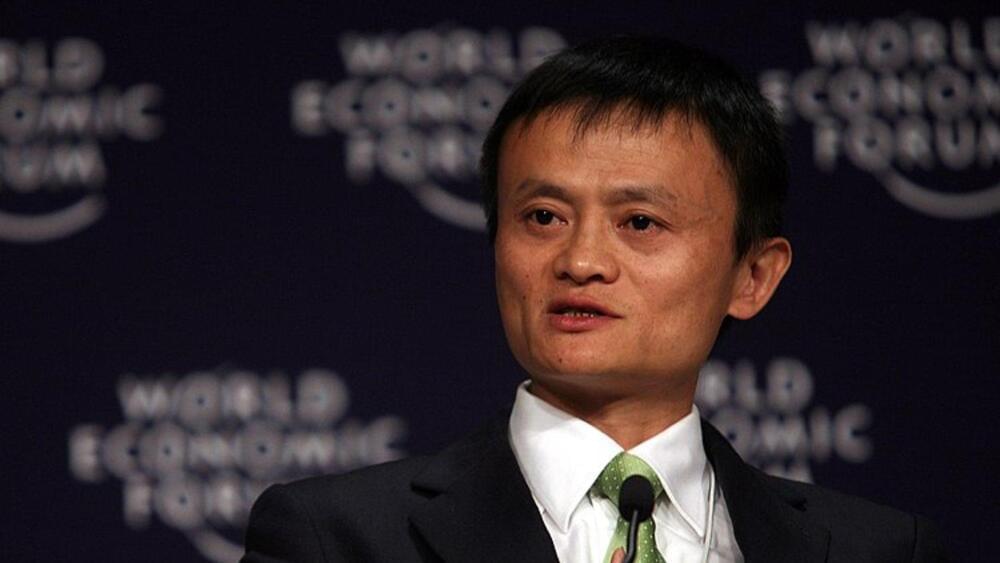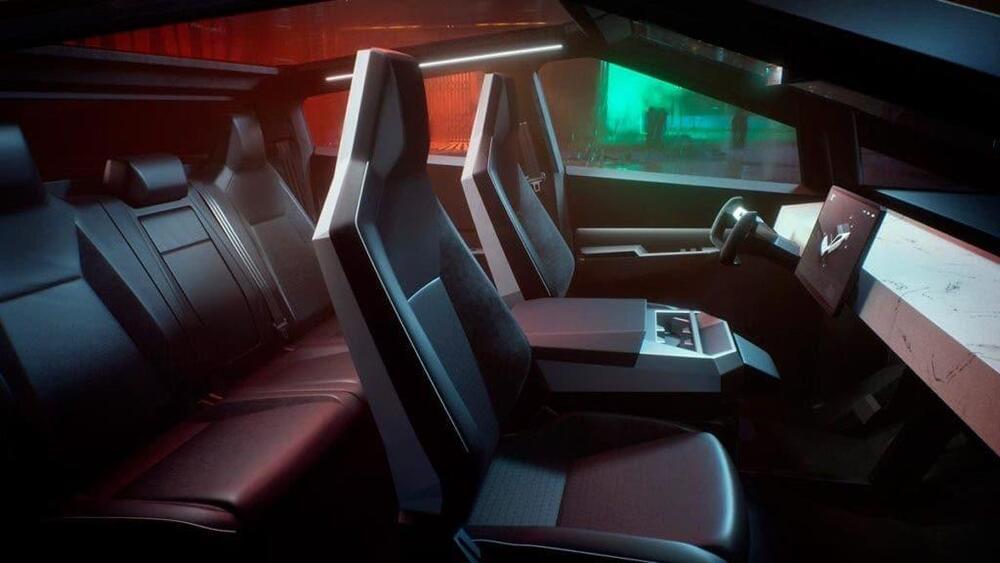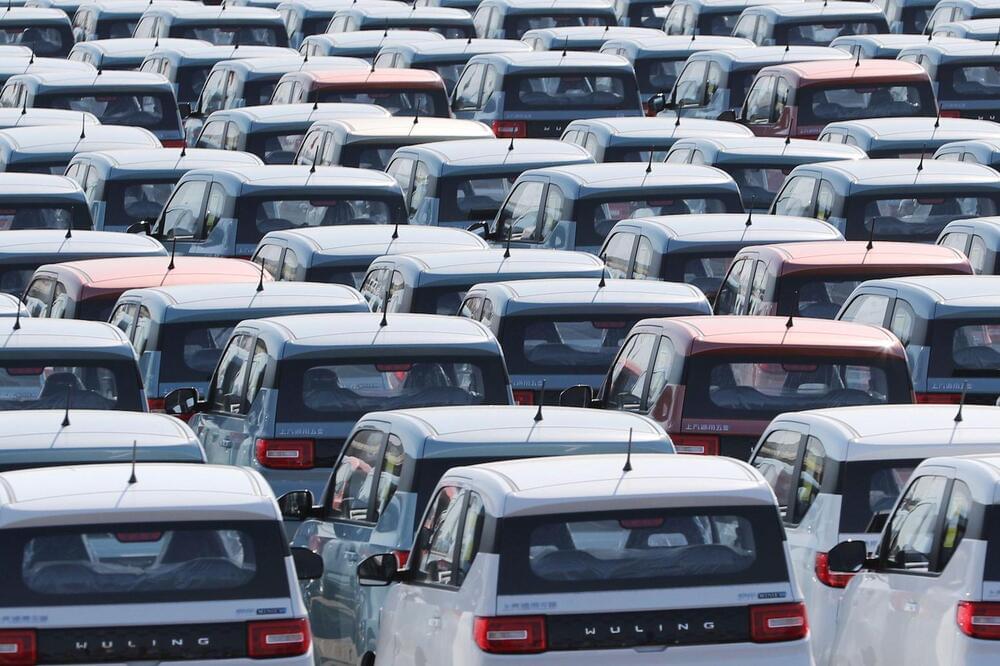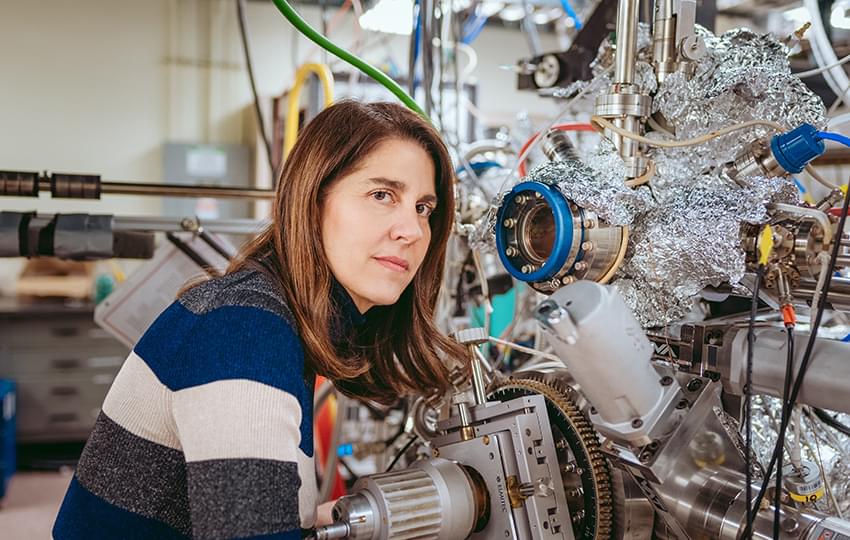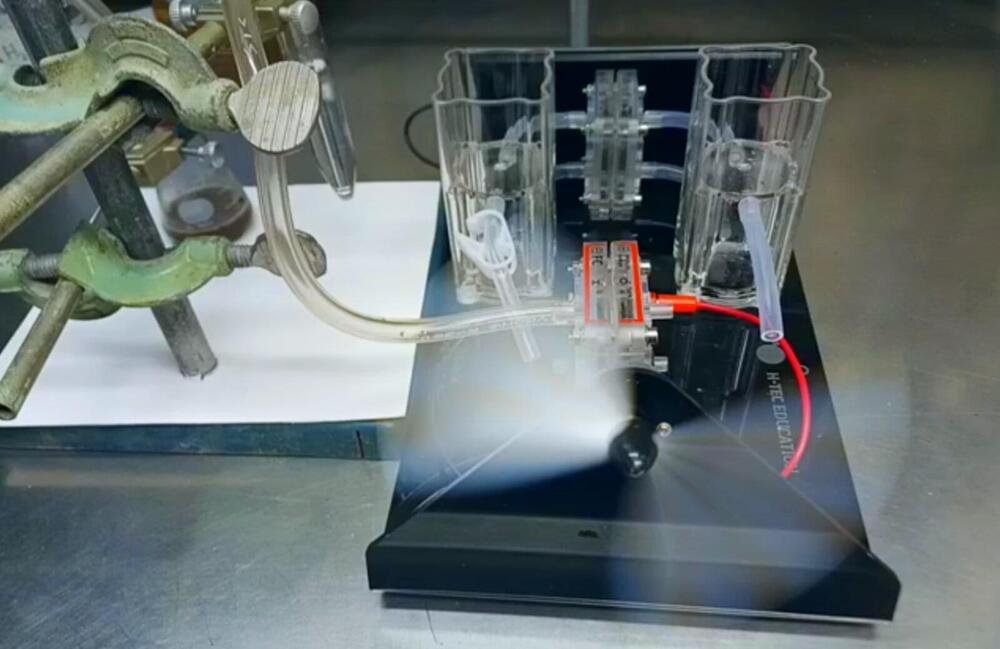May 3, 2023
This solar-powered motorhome was designed by students
Posted by Shubham Ghosh Roy in categories: bioengineering, computing, solar power, sustainability, transportation
A solar-powered motorhome, shaped like a huge elongated teardrop, silently rolled into Madrid on Friday as part of a month-long journey from the Netherlands to southern Spain to highlight more sustainable modes of transport.
Engineering students at the Technical University of Eindhoven in the Netherlands created the blue and white vehicle, named Stella Vita – Latin for “star” and “life” – to inspire car makers and politicians to accelerate the transition toward green energy.
Continue reading “This solar-powered motorhome was designed by students” »
